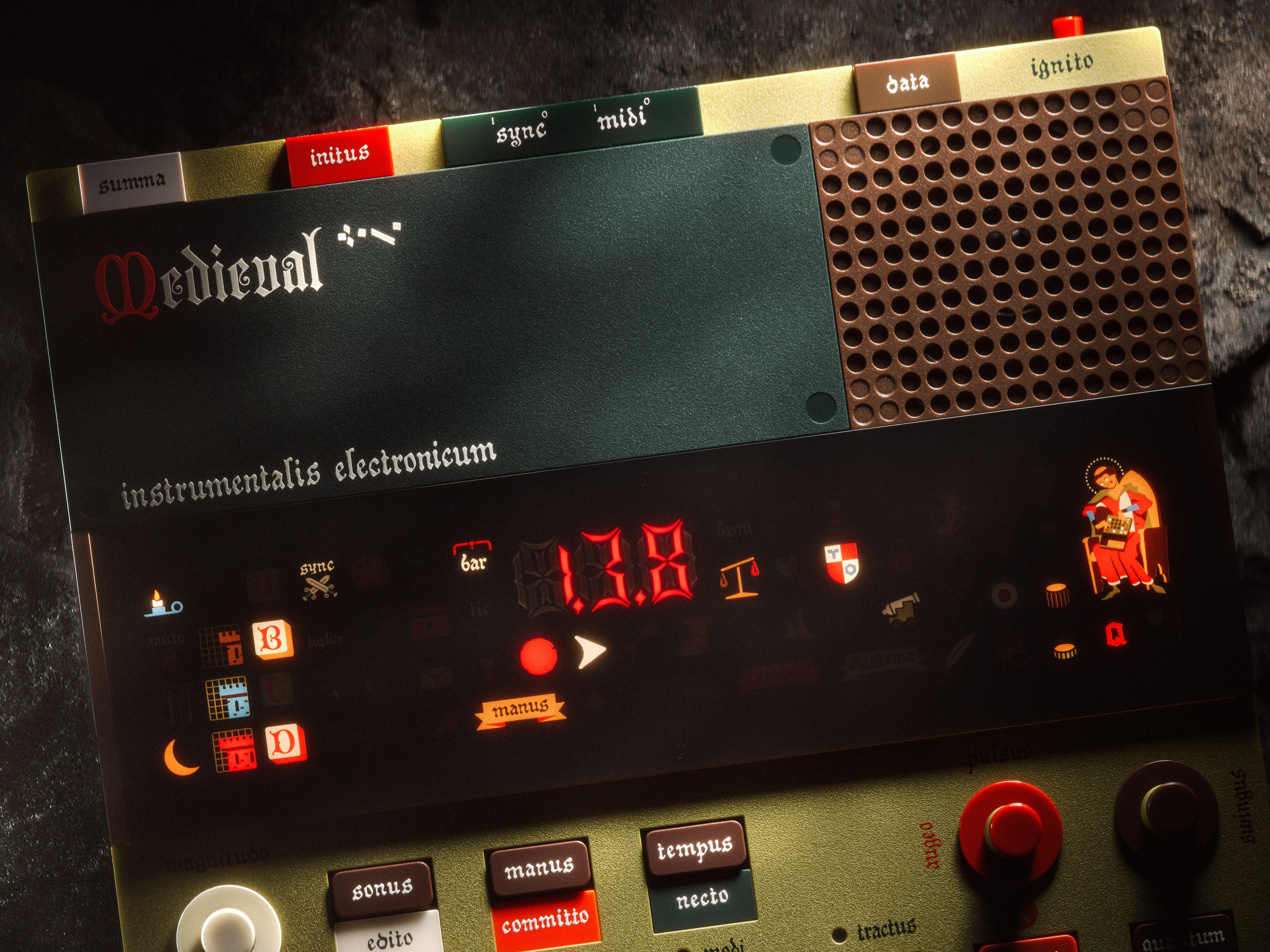A company has created what it says is the “world’s first electronic medieval instrument”.
Teenage Engineering, a Swedish company known for making musical products played by musicians including Bon Iver, says that it includes “samples from an age when darkness reigned supreme”.
The product is the “ultimate, and only, medieval beat machine”, it said.
The “EP-1320 medieval” I, as the name may suggest, a medieval version of the existing and popular EP-133 KO II, which allows musicians to collect samples of sounds and manipulate them.
The medieval version appears to be largely the same, but takes a medieval approach. It is the faded yellow of vellum rather than the futuristic white of the original product, for instance, and both its digital displays and labels are written in Latin and use a typeface borrowed from manuscripts from the middle ages.

Likewise, the medieval version includes the same features as the original product, such as the ability to manipulate samples. But it also includes a range of medieval extras.
Those include “torture chamber reverb” and “dungeon echo”, as well as the option for what Teenage Engineering calls a “bardic ensemble”.
“The EP-1320 comes with hundreds of medieval sounds and samples,” it says. with musical.instruments including the hurdy gurdy, percussion including “chain rattles” and sound effects including “no less than two separate witches”. “Whether you’re into making sultry serenades or bubonic beats, the EP-1320 has you covered,” its product description reads.
It costs $299, the same as the original model, and the specs are largely similar though there is less user memory as some of it is devoted to those medieval sounds. Teenage Engineering is also selling a range of accessories, from a medieval version of the original soft bag to carry it in to a special T-shirt.
Many followers of the company speculated that the release of the medieval device suggests that the company will introduce other editions of the original EP-133, perhaps in other themes.
Teenage Engineering describes itself as “developing the alternative future of consumer electronics, each invention designed to last”. It came into the mainstream with its OP-1 synthesiser, which remains its most famous product after it was released in 2011.
In the time since, however, the company has released a range of products that use much the same aesthetic and include a range of different functions. It has also collaborated with other companies, including helping design products for tech brand Nothing, as well as designing the hardware of the Rabbit R1, an AI tool that originally drew plaudits for its design but eventually became mired in controversy over its artificial intelligence software.
)


